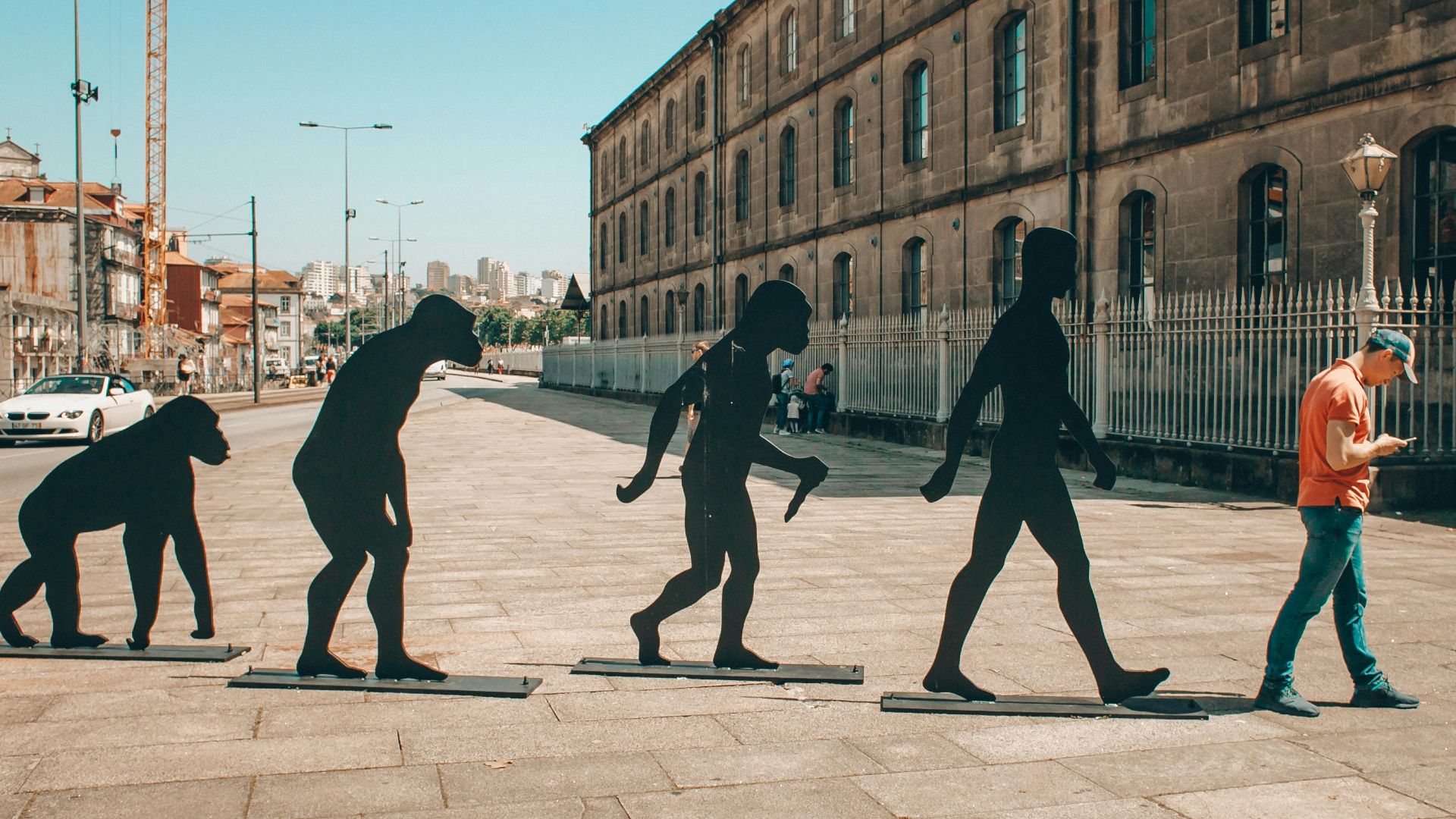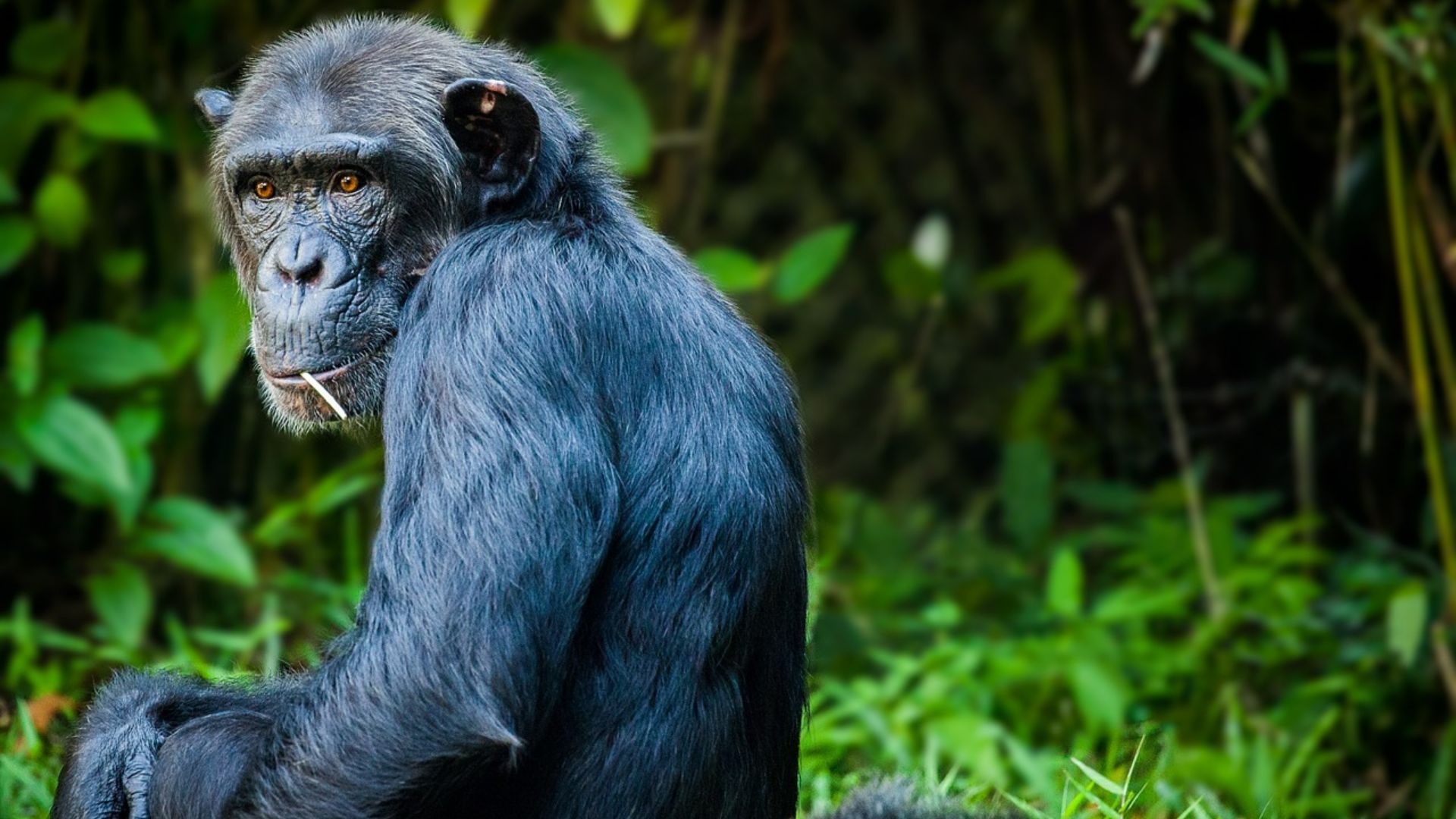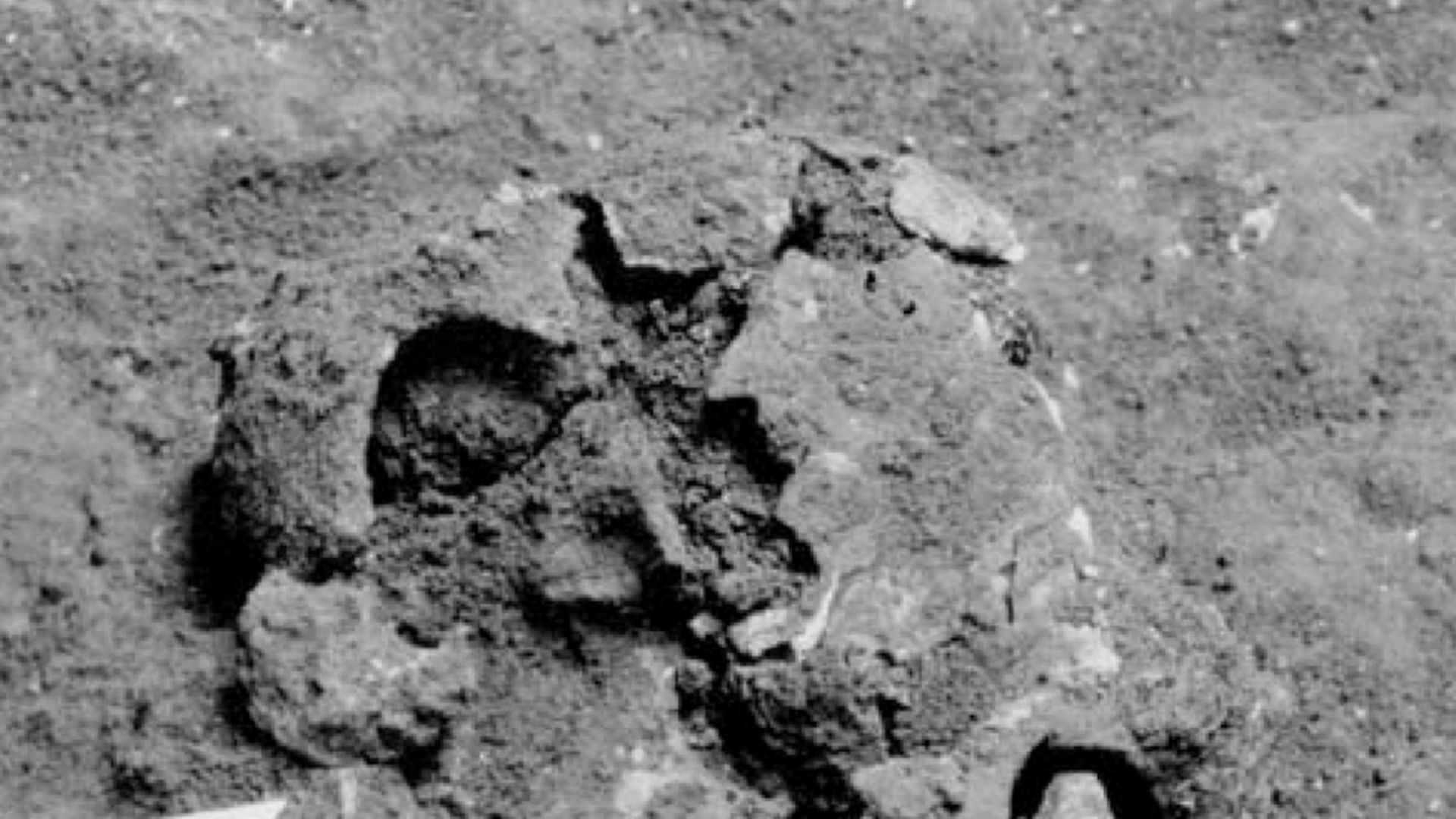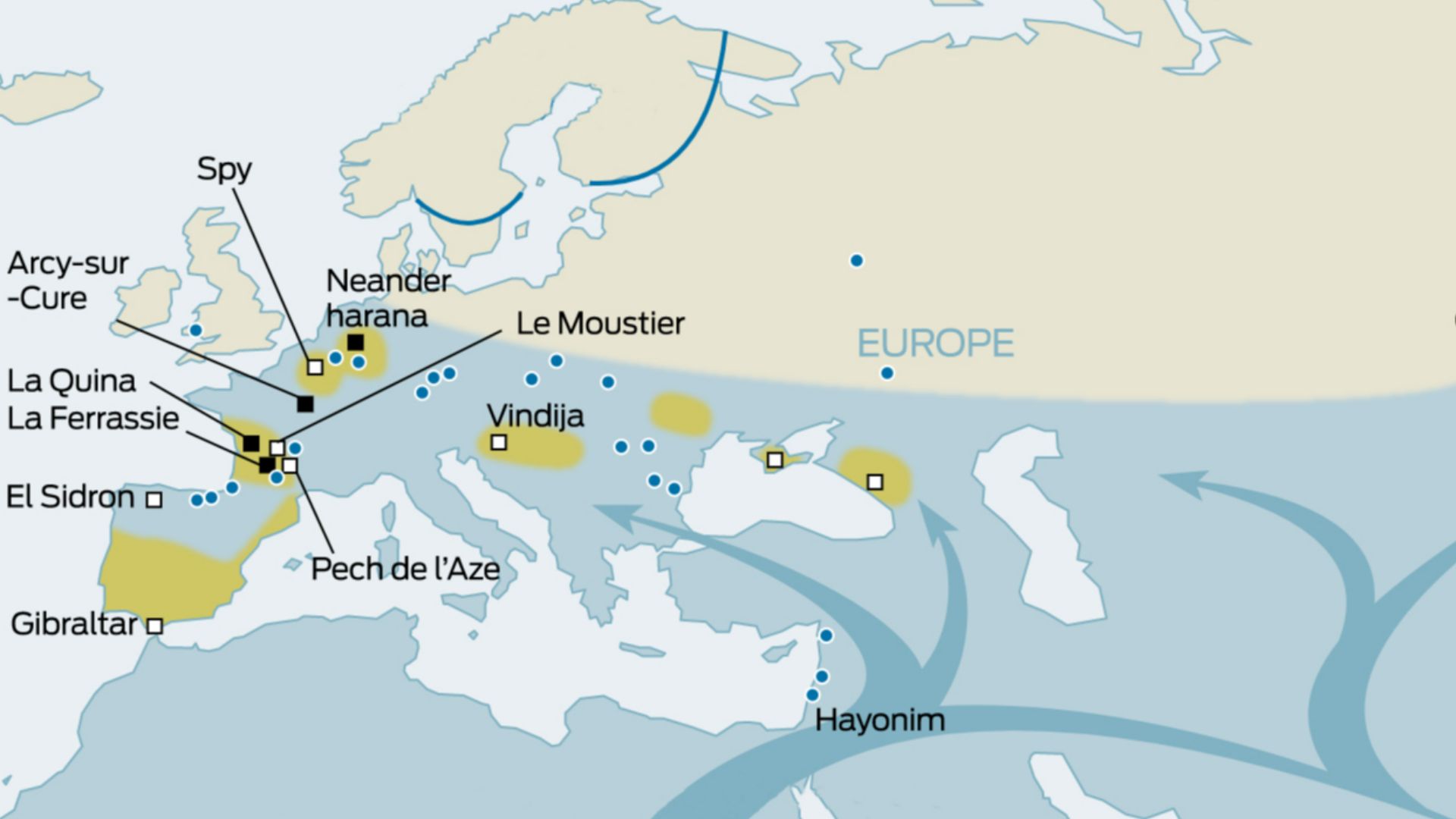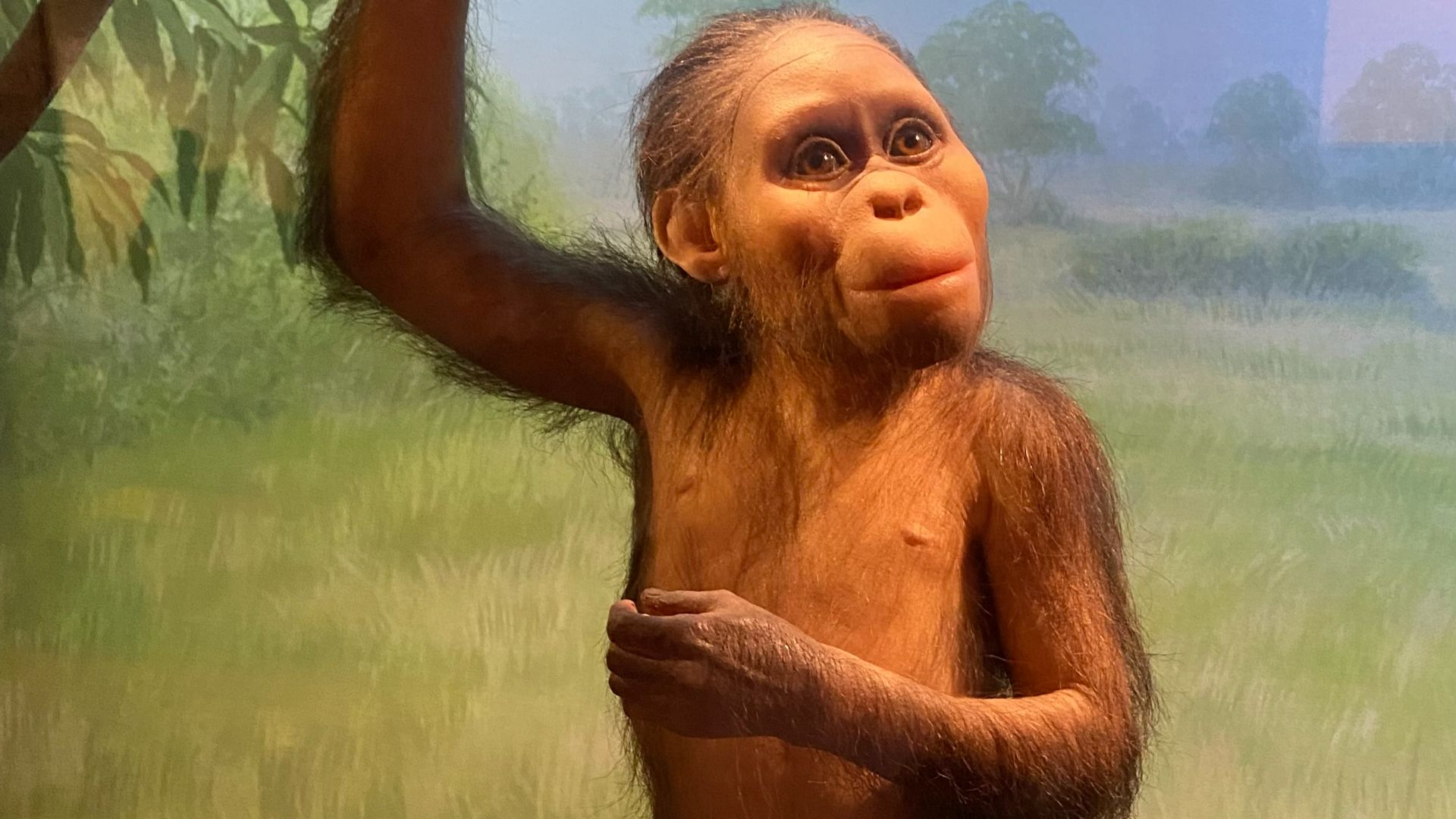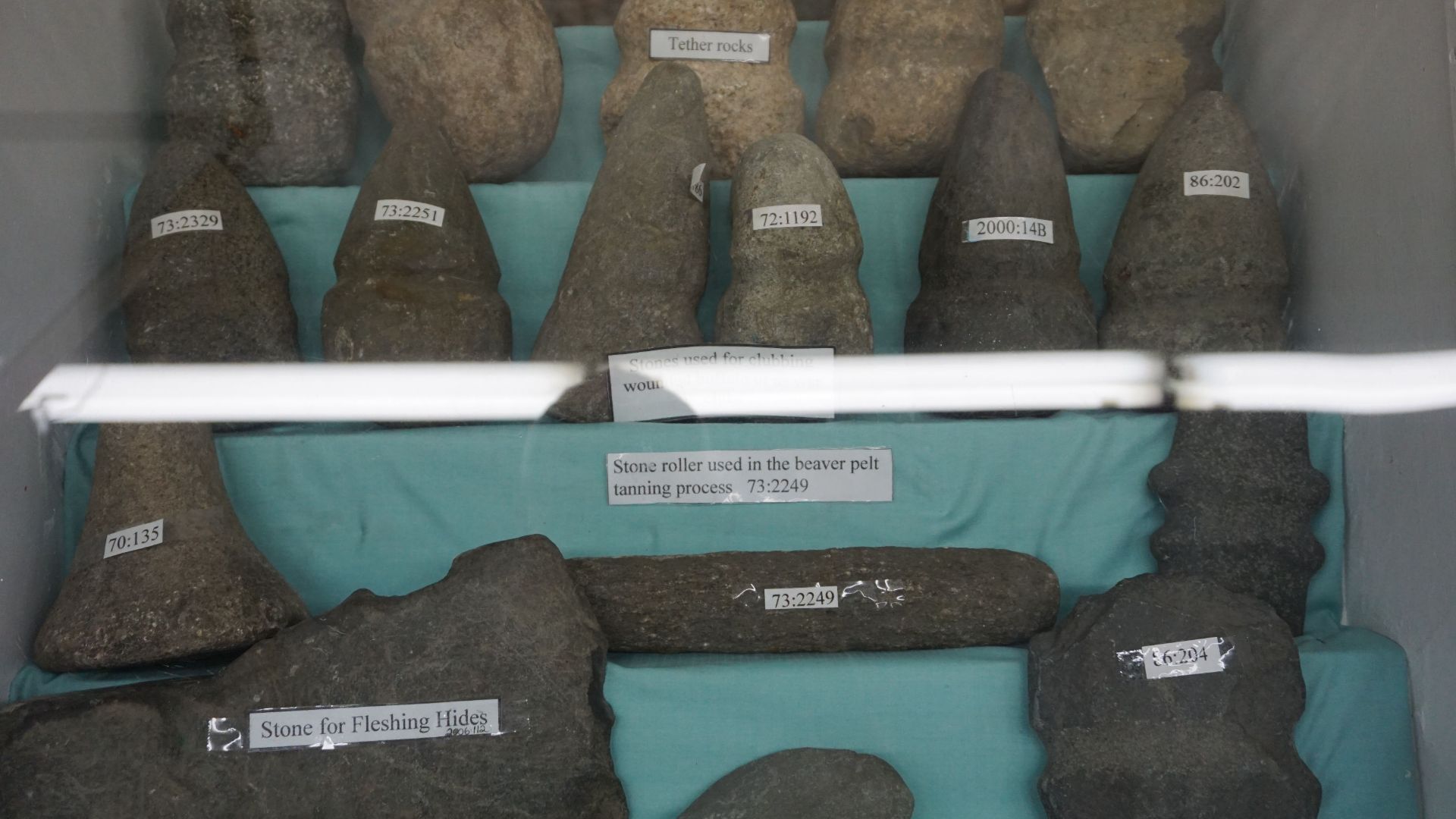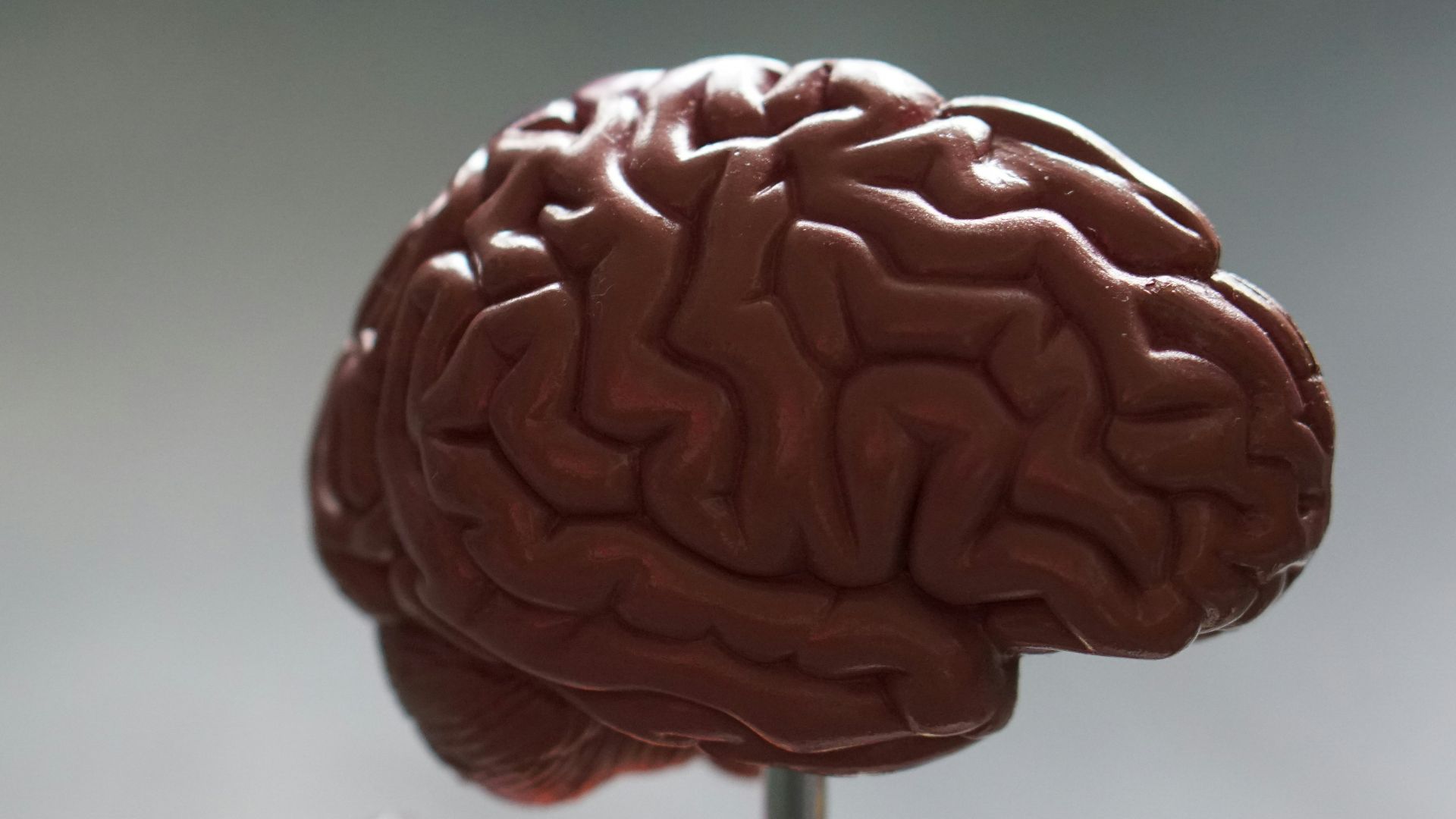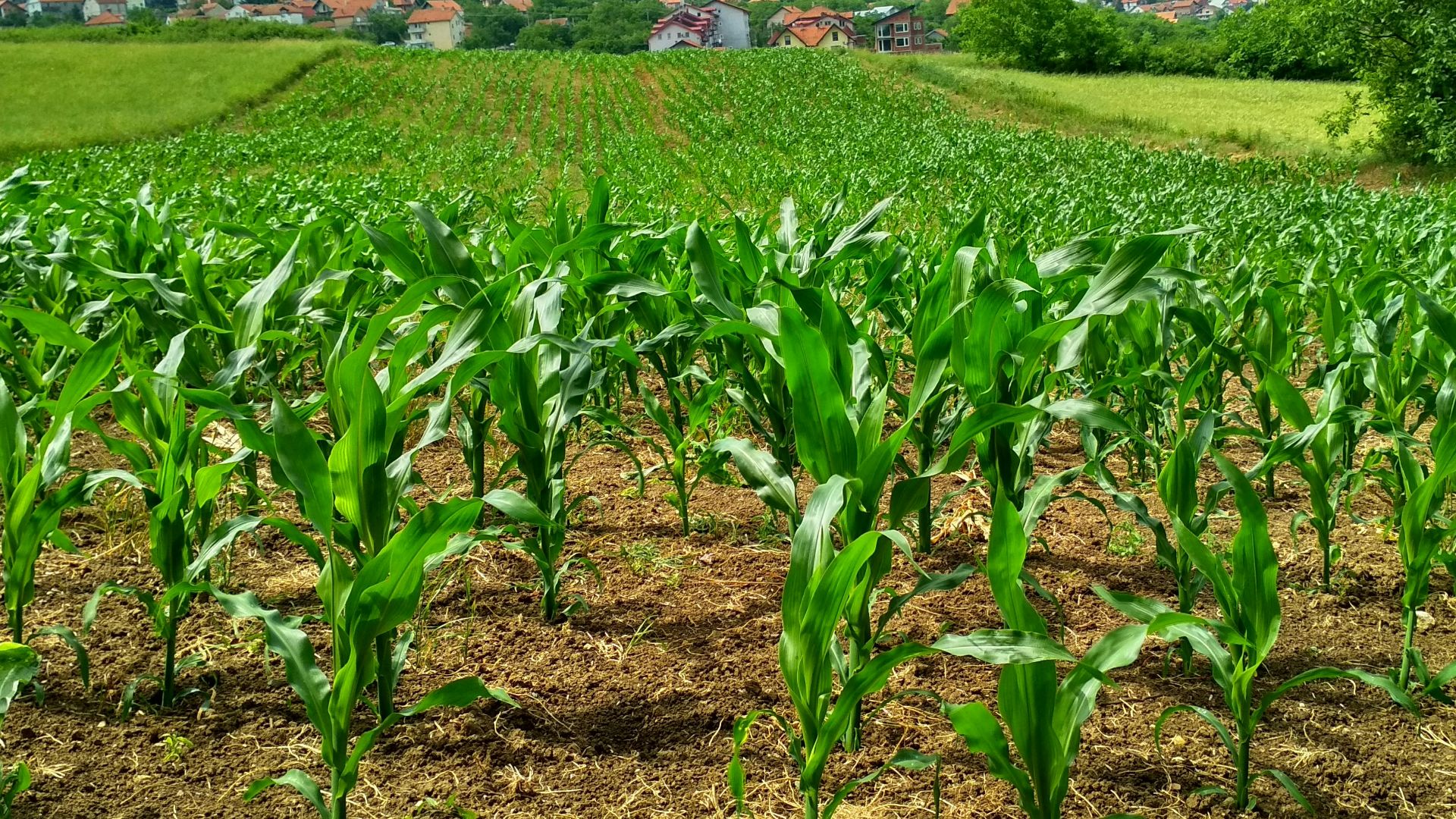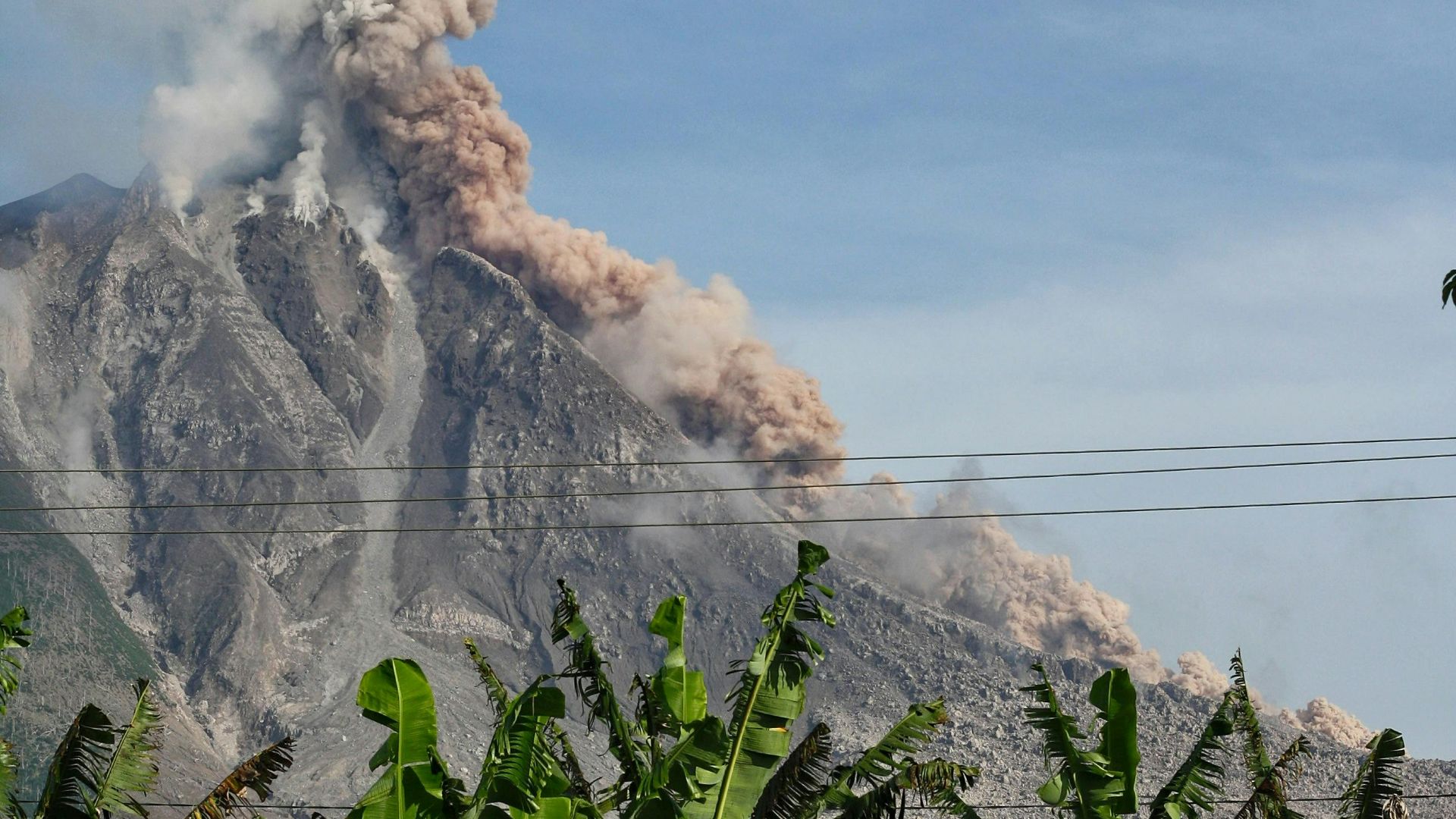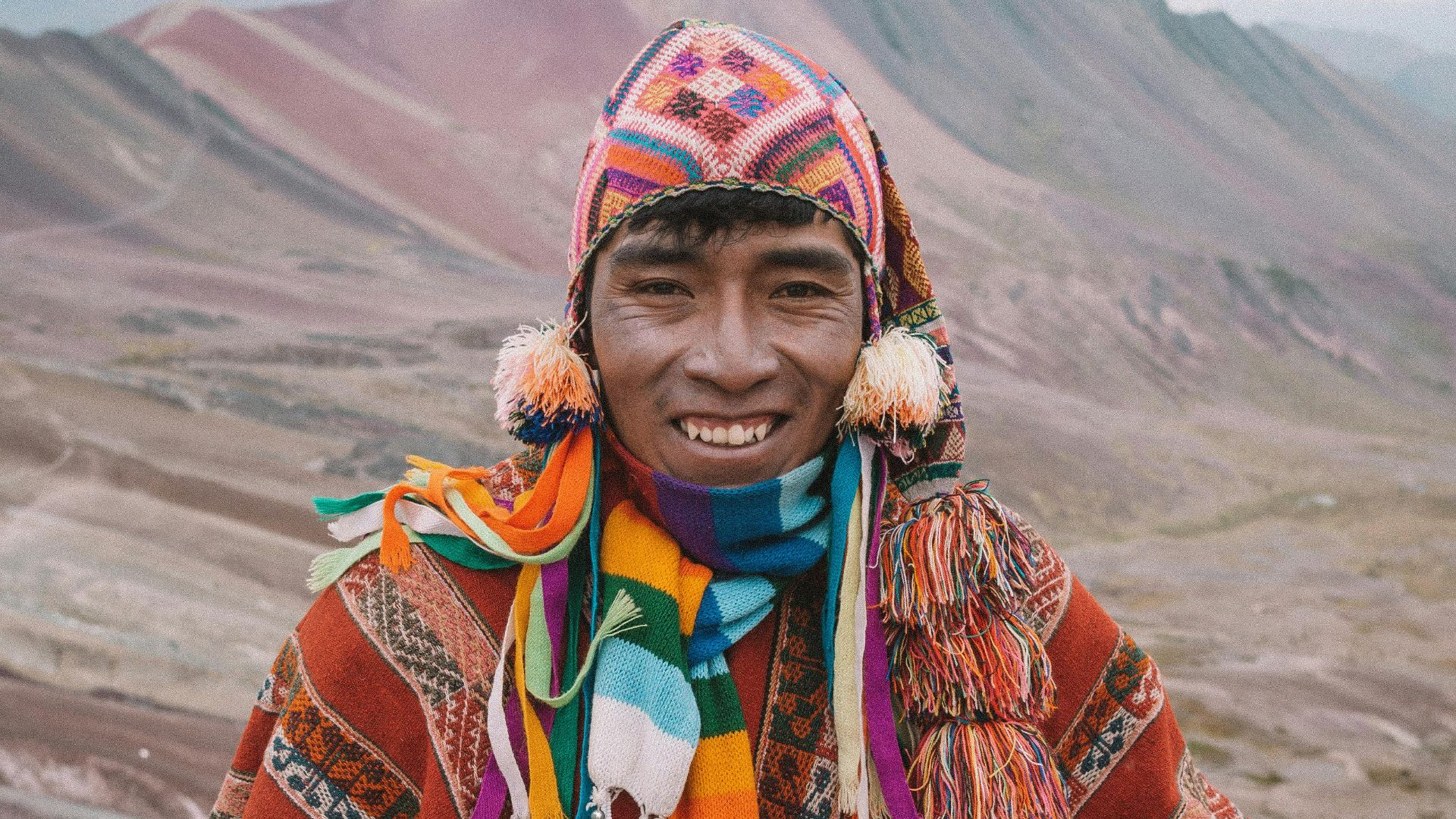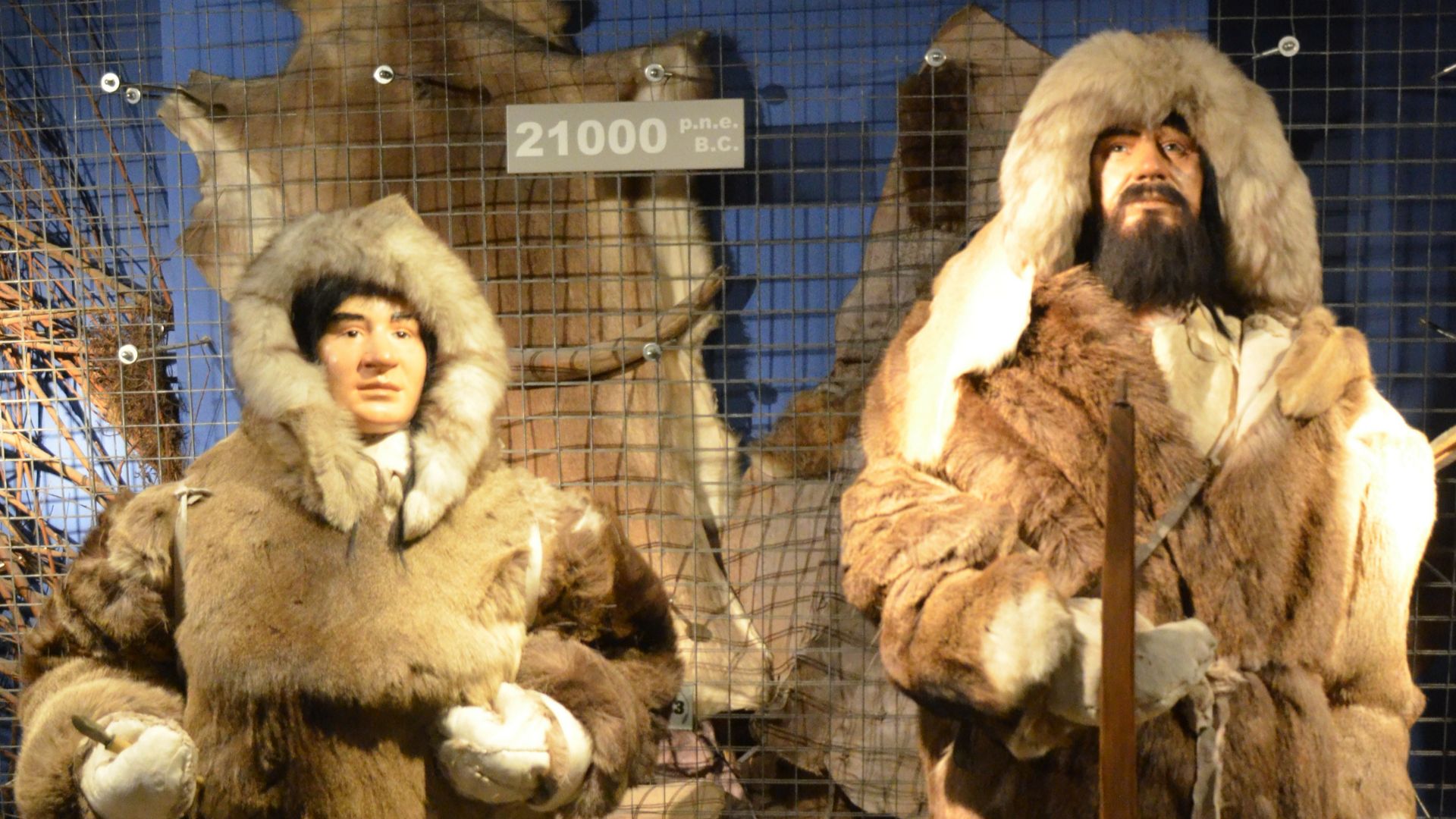Meet Your Distant Past
Humans didn't just appear out of nowhere. We're the result of millions of years of tweaks and changes, a fascinating biological story that explains everything about us. Many aspects of our genes and body connect to ancient adaptations. So, let's look at how evolution sculpted us into who we are today.
1. Our Ape Ancestors
Did you know that humans and chimpanzees are distant cousins? Scientists have confirmed that we share a common ancestor who existed between 6 and 8 million years ago. In fact, genetic evidence shows we share nearly 96% of our DNA with chimps, which makes them our nearest living relatives.
2. The Birth Of Homo Sapiens
The story of modern humans begins in Africa. Fossil evidence discovered across the continent reveals that Homo sapiens first showed up 300,000 years ago. While earlier hominid species had already existed for millions of years, our particular family tree branch emerged relatively recently in evolutionary time.
3. Climate-Driven Migration
A dramatic cooling of Earth's climate about 70,000 years ago pushed our ancestors to venture beyond Africa, though earlier migrations were reported. These intrepid humans faced unknown territories and challenges as they spread across Asia, Europe, and the Americas. This migration pattern explains how humans populated the globe.
4. Neanderthal DNA Today
Most folks outside of Africa carry a small percentage—about 1 to 4%—of Neanderthal DNA in their genomes. When our ancestors left Africa, they encountered and interbred with these human relatives who had already adapted to colder climates. These genetic contributions may have helped humans survive in new environments.
5. The Rise Of Bipedalism
Walking upright revolutionized human evolution long before our species emerged. By 3.5 million years ago, Australopithecus afarensis, exemplified by the famous "Lucy" fossil, was already an accomplished bipedal walker. This critical adaptation freed hands for tool use, improved long-distance travel efficiency, and ultimately set the stage for later human innovations.
6. First Stone Tools
The unmistakable marks of stone fracturing date back 2.6 million years, showcasing our ancestors' ingenuity. Archaeologists in Ethiopia have unearthed these simple implements of sharp-edged stone flakes that could cut meat or crack open bones for nutritious marrow. This gave early humans a decisive advantage in the harsh African scenarios.
7. Mastering Fire
Evidence suggests that controlled use of fire began more than 400,000 years ago. Fire transformed our species in ways few other discoveries could. Not only did it provide warmth and protection from predators, but cooking also released more nutrients from food, which may have fueled our brains while reducing the energy required for digestion.
8. Brain Evolution
From Australopithecus, with a brain capacity of around 400 to 550cc, to modern humans, with an average of 1300 to 1400cc, our brains tripled in size alongside growing social complexity. What’s fascinating is that this growth wasn’t constant. There were specific periods of rapid expansion, likely spurred by climate volatility, which required greater adaptability.
9. Language Development
Some theories suggest language originated from gestures, complementing vocal changes. However, anatomical changes tell part of the story. The descended larynx, precise tongue control, and specialized brain areas like Broca's region all grew to enable our unparalleled communication abilities. This cognitive leap allowed humans to share complex knowledge and coordinate hunting.
10. Early Symbolic Behavior
Cave paintings dating back 40,000 years reveal that our descendants thought symbolically long before written language emerged. In places like Chauvet Cave in France and Sulawesi in Indonesia, early folks left handprints, animal depictions, and abstract patterns that suggest rich internal mental lives.
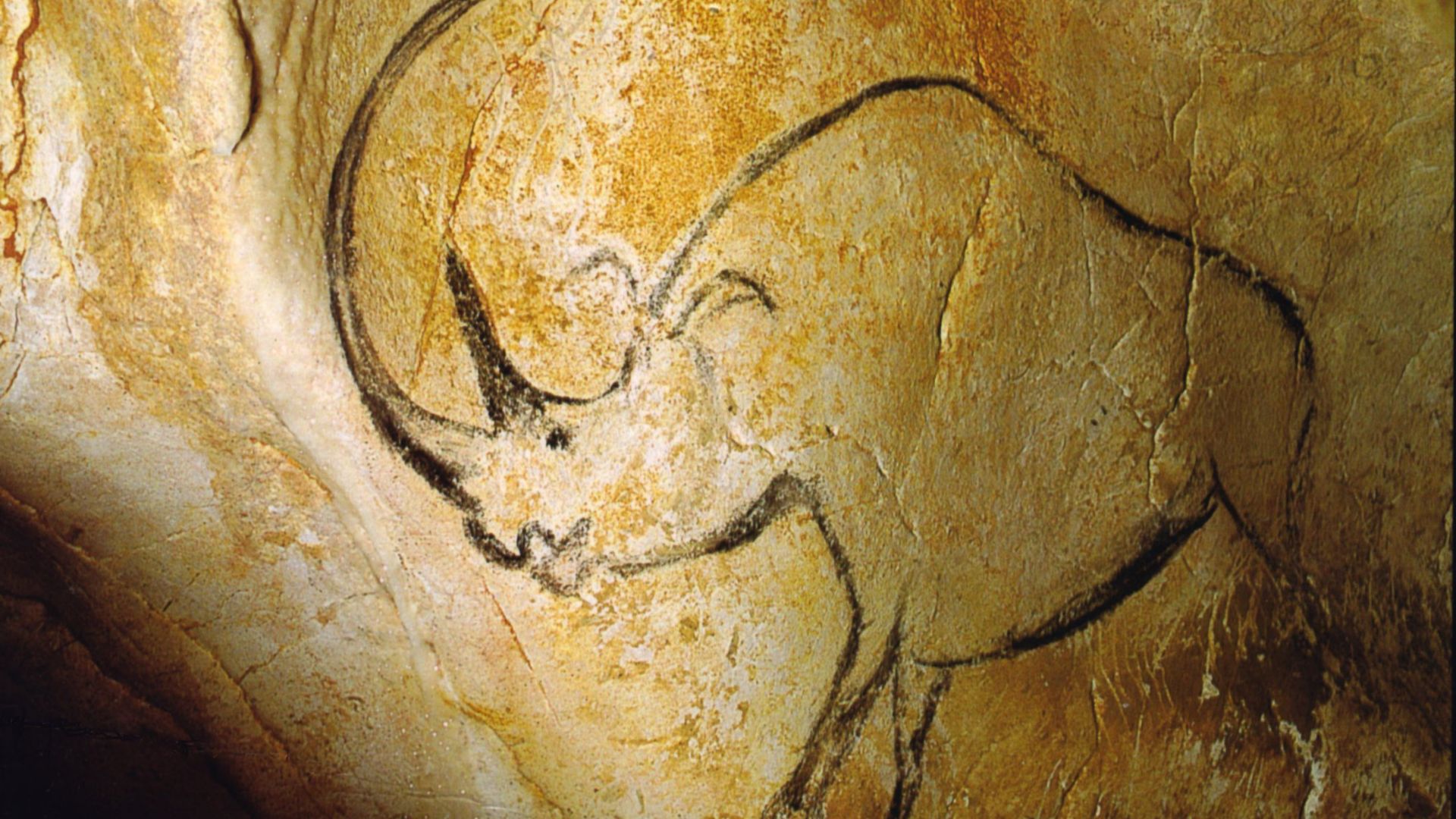 Inocybe at French Wikipedia on Wikimedia
Inocybe at French Wikipedia on Wikimedia
11. The Agricultural Revolution
Around 10,000 years ago, a radical shift forever changed human society. We began planting crops. This move from hunting and gathering to farming happened independently in regions like the Fertile Crescent, China, and Mesoamerica. The agricultural twist allowed permanent settlements to develop and population densities to increase.
12. The Human Bottleneck
Scientists studying human genetic diversity made another startling discovery. Close to 70,000 years ago, our species nearly vanished. A catastrophic volcanic eruption at Mount Toba in Indonesia may have triggered global cooling, reducing the entire human population to perhaps fewer than 10,000 individuals. This explains why humans show comparatively less genetic diversity.
13. Adapting To Diverse Climates
How did an evolved species in Africa's warm climate thrive in the Arctic? Human biological adaptations demonstrate our adaptability, like the compact body proportions of Inuit populations that conserve heat or the increased lung capacity of Andean peoples. Cultural innovations like specialized clothing allowed humans to inhabit virtually every environment on Earth.
14. The Invention Of Clothing
Interestingly, genetic studies of human body lice, which live specifically in clothing, suggest we began wearing animal hides approximately 100,000 years ago. This product protected us against harsh weather and UV radiation, enabling migration to colder regions. Global human expansion would have been impossible without this.
15. Animal Domestication
Partnering with animals fundamentally changed human societies beginning around 20,000-40,000 years ago with the wolf's domestication into dogs. By selectively breeding animals for docility and usefulness, humans gained loyal hunting companions. Additionally, such an interspecies collaboration also increased food security and productivity.
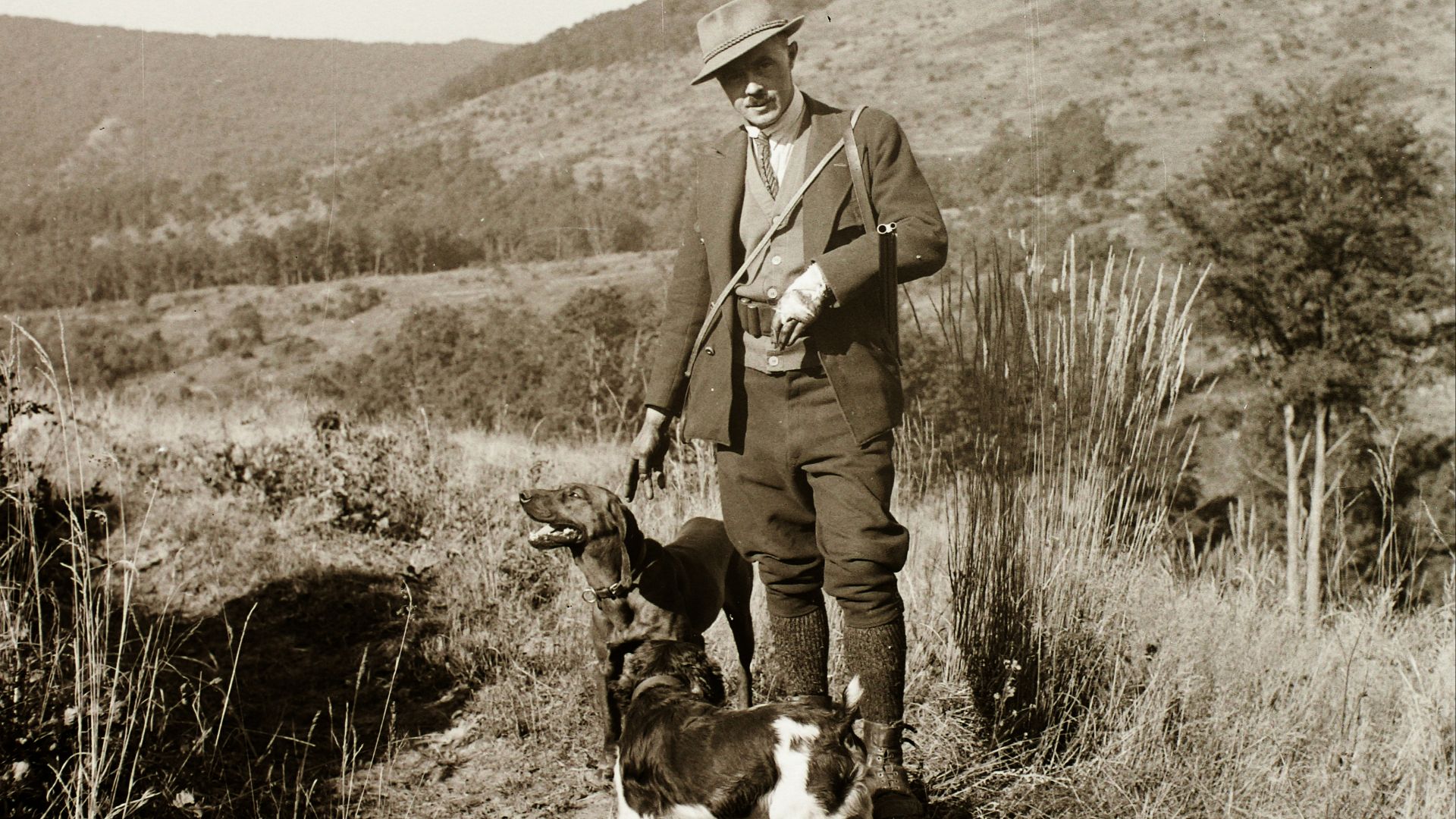 FOTO:Fortepan — ID 92394: Adományozó/Donor: Ebner. archive copy at the Wayback Machine on Wikimedia
FOTO:Fortepan — ID 92394: Adományozó/Donor: Ebner. archive copy at the Wayback Machine on Wikimedia
16. Evolution Of Skin Color
At some point, we all wondered why humans have such varied skin tones. Melanin, which determines skin darkness, grew as a balancing mechanism. It protects us against harmful UV radiation. This adaptation explains why populations near the equator developed darker skin while those in northern latitudes evolved lighter pigmentation.
17. Vestigial Wisdom Teeth
Those troublesome third molars that dentists often remove tell an interesting tale of changing diets. Our ancient ancestors' jaws accommodated these extra teeth for processing tough, fibrous foods. As humans transitioned to cooked and softer foods, our jaws shrank. Yet, the genetic programming created dental problems.
18. The Goosebump Reflex
We all get goosebumps when cold or frightened. Well, this puzzling reaction made perfect sense for our hairier descendants. The tiny muscles that cause goosebumps once raised fur to develop insulation against cold and made our predecessors appear larger to predators. This reflex remains proof of our heritage.
19. Loss Of Body Hair
Humans stand nearly unclothed among primates, but why did we shed our furry covering? Leading theories suggest that reduced body hair helped with thermoregulation during the transition to bipedal hunting in hot savanna environments. Less hair meant more efficient sweating, allowing our ancestors to outrun prey through persistent hunting.
20. Lactose Tolerance Emergence
The capacity to digest milk into adulthood, which is common in many populations today, was nonexistent in humans until roughly 10,000 years ago. This genetic mutation spread rapidly in populations that domesticated milk-producing animals, providing a rich nutritional source year-round. Therefore, cultural practices (animal domestication) can trigger biological evolution.
KEEP ON READING

New Moon, Old Red Paint: A History Of The Chinese…
Ancient Emperors Ate Dumplings. The Chinese New Year is a…
By Megan Wickens Jan 28, 2025
The Biggest Thinkers Of All Time & Their Theories
We're Still Learning From Them Today. From Charles Darwin to…
By Emilie Richardson-Dupuis Jan 29, 2025
20 Facts About Jane Grey, The Forgotten Queen Of England
A Quick, Messy, and Tragic Reign. Lady Jane Grey never…
By Maria Cruz Jan 31, 2025
From School Plays To Starting A Cult: 20 Of The…
The Books That Made Us. Many people will tell you…
By Farva Ivkovic Jan 31, 2025
20 Wives From History That Are Cooler Than Their Famous…
"Behind Every Great Man, There Is A Woman". Many powerful…
By Megan Wickens Jan 14, 2025
20 Greatest Poets the World Has Ever Known
Beloved Poets of Our Time. There's more to poetry than…
By Christy Chan Jan 14, 2025

